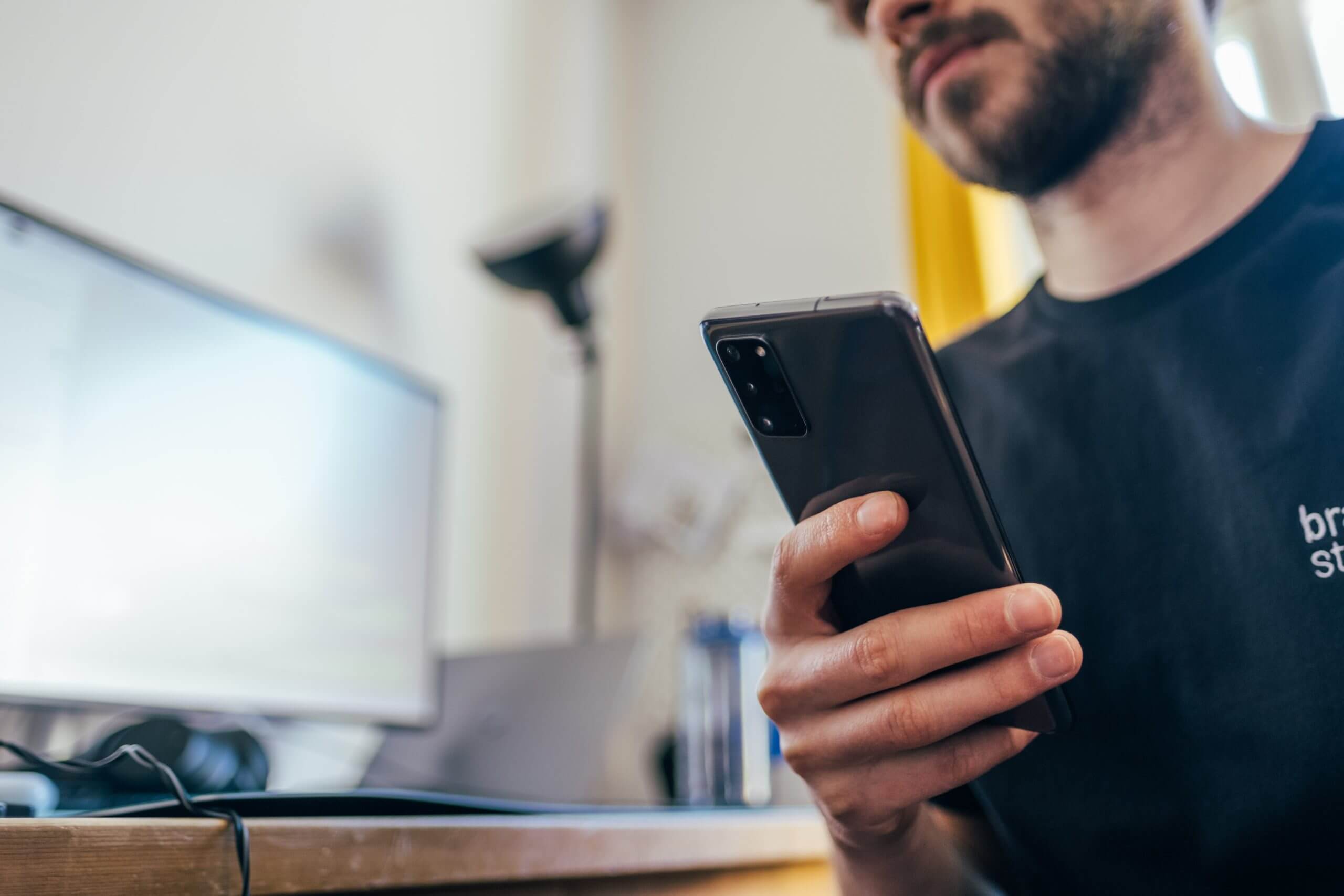Passwords have long been the most used authentication key across digital platforms, including bank accounts, healthcare portals, education portals, and social media sites.
This singular credential, however, cannot verify if the person accessing the network is the legitimate identity owner. If an imposter has guessed or stolen someone else’s password, they can easily infiltrate personal accounts and carry out illegal activities as if they were the real account holder.
Multi-factor authentication (MFA) is now the recommended solution for confirming account holder’s access to systems and transaction processing based on the concept that supplementing factors will compensate for any weakness of other credentials. MFA uses a combination of two or more independent criteria, creating a layered barrier against unauthorized access.
Authentication factors are often classified into three categories:
- Something you know (knowledge factor), such as passwords, PINs, and answers to personal security questions
- Something you have (possession factor), such as mobile devices, physical tokens, key fobs, and smartcards
- Something you are (inherence factor), such as biometrics like facial modalities, voice, and fingerprints. This criterion is considered the ideal authentication factor because of biometric modalities’ uniqueness. With biometrics, additional security features like liveness detection can increase assurance that a live person is requesting access.
One of the most common uses of two-factor authentication includes the “something you know” factor (i.e. password) and “something you have” (i.e. one-time passcode sent to your smartphone or provided via a token). The National Institute of Standards and Technology (NIST), however, downgraded the use of SMS to “restricted” in 2017 and strongly recommends against its’ use as the channel for out-of-band identity verification.
Without multi-factor authentication, it is more difficult to truly verify that the user who accessed the system is who they say they are because passwords are often shared, guessed, or stolen. Upgrading to an MFA solution is often simple, and offers numerous security advantages to enterprises.
Improved Security
Multi-factor authentication adds an extra layer of security for customer and employee access to applications and systems, and delivers higher protection against compromised credentials, a common type of data breach.
According to a 2019 Microsoft study, enabling MFA in online accounts increases the blocking capacity for unauthorized login by nearly 100%. Google also mentioned similar figures with their report from the same year.
Moreover, government agencies are strengthening their recommendations for MFA, especially in regulated sectors.
The New York State Department of Financial Services (DFS) included MFA in its provisions to counter fraud and improve cybersecurity among financial institutions. Moreover, the Federal Financial Institutions Examination Council reiterates the critical role of MFA in digital banking.
With the improved security brought by implementing MFA, enterprises can more easily verify that the user requesting system’s access is who they say they are, while delivering a seamless user authentication experience.
Compliance
With the proliferation of fraud, identity theft, and other crimes against regulated industries, organizations must keep up with identity verification and user authentication standards to counter these attacks.
The financial industry and the health sector manage valuable information and assets, which are often targeted by criminals. These two industries are among the most prone to cybersecurity threats, making the adoption for stronger authentication solutions paramount.
MFA helps financial establishments comply with Know Your Customer (KYC), Anti-Money Laundering (AML), Counter-Terrorism Financing (CTF) regulations, among other requisites to deter financially motivated criminal attacks.
Moreover, leveraging technology that follows HIPAA guidelines and employs MFA also contributes to protecting patients’ sensitive data in the health sector. By deploying MFA in patient registries, healthcare portals, medical databases, health institutions will mitigate illicit activities like medical identity theft, healthcare provider fraud, and payment and insurance fraud.
Better User Experience
Users are often thrown off by tedious knowledge-based authentication processes when accessing an organization’s services or resetting forgotten passwords. Answering personal security questions often makes individuals feel uncomfortable, and with so much of our personal information available on social media and even the dark web, many common security questions are not as secure as they once were.
Inconvenient and insecure experiences weaken consumer trust and may even prompt them to find other enterprises that meet their demand for convenience and security.
MFA can expedite user authentication processes, especially with technologies like biometrics, which can perform the identity check in seconds.
Improved Employee Productivity
A case study from authID revealed a 60% reduction in customer verification time in a call center environment by deploying biometric multi-factor authentication.
With reduced customer verification time, customer support agents can be more effective in addressing a client’s concerns. Automated solutions that use MFA create a better user experience and help employees work more efficiently, leading to increased profitability.
Financial Benefits
Deploying MFA can lead to increased adoption of online services and reduce enterprise losses from criminal attacks.
With the strengthened consumer trust and improved employee productivity brought by MFA, enterprises can attain higher profits, contributing to the significant growth of an enterprise.
Moreover, countering cybersecurity risks provides a return on investments that will likely the expense of implementing an MFA solution. Automated defenses also reduce the likelihood of revenue loss and reputation damage caused by data breaches and other targeted crimes.
Conclusion
Singular verification methods and even 2FA authentication solutions like SMS pin codes often lead to weak security that makes systems more prone to criminal attacks. Moreover, time-consuming identification processes result in user inconvenience and dissatisfaction.
The inability to meet corporate and consumer demand for convenience and security often entail significant loss by enterprises. Failure to deploy adequate security measures can also subject organizations to penalties from regulatory authorities.
Upgrading to multi-factor authentication creates a stronger barrier against cybersecurity threats. With the simplicity of an API implementation, MFA streamlines identification processes, and creates a seamless user experience.
Companies like authID provide mobile biometric multi-factor authentication solutions to help enterprises meet their needs for security, compliance, and convenience. With Verified™ by authID, the MFA upgrade can be done in days through an easy RESTful API integration. Verified offers a trusted customer user experience with far less friction and greater security than current knowledge-based authentication and 2FA authentication solutions.
Schedule a Demo with authID
authID.ai is a provider of an Identity as a Service (IDaaS) platform that delivers a suite of secure, mobile, biometric identity solutions, available to any vertical, anywhere. authID’s products provide strong multi-factor authentication that adds security to systems while streamlining onboarding processes and transactions. Contact authID today at 1 (516) 778-5639 or click here to schedule a demo.
The Reference Shelf:
https://www.hhs.gov/hipaa/for-professionals/privacy/index.html
https://www.hhs.gov/hipaa/for-professionals/security/index.html
https://www.hhs.gov/hipaa/for-professionals/security/laws-regulations/index.html
https://www.justice.gov/archive/ll/highlights.htm
https://www.lexology.com/library/detail.aspx?g=330bdf46-1eb9-4a14-8d7e-9851feb2839e
https://www.ffiec.gov/pdf/auth-its-final%206-22-11%20(ffiec%20formated).pdf
https://security.googleblog.com/2019/05/new-research-how-effective-is-basic.html
https://www.sciencedirect.com/topics/computer-science/authentication-factor
https://www.globalsign.com/en/blog/benefits-of-multi-factor-authentication

